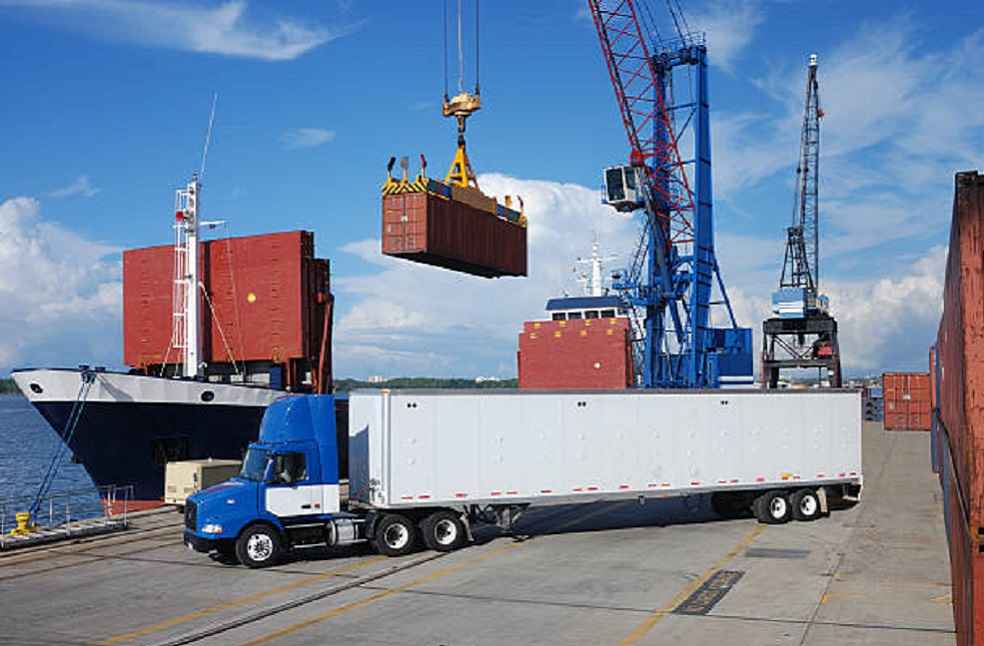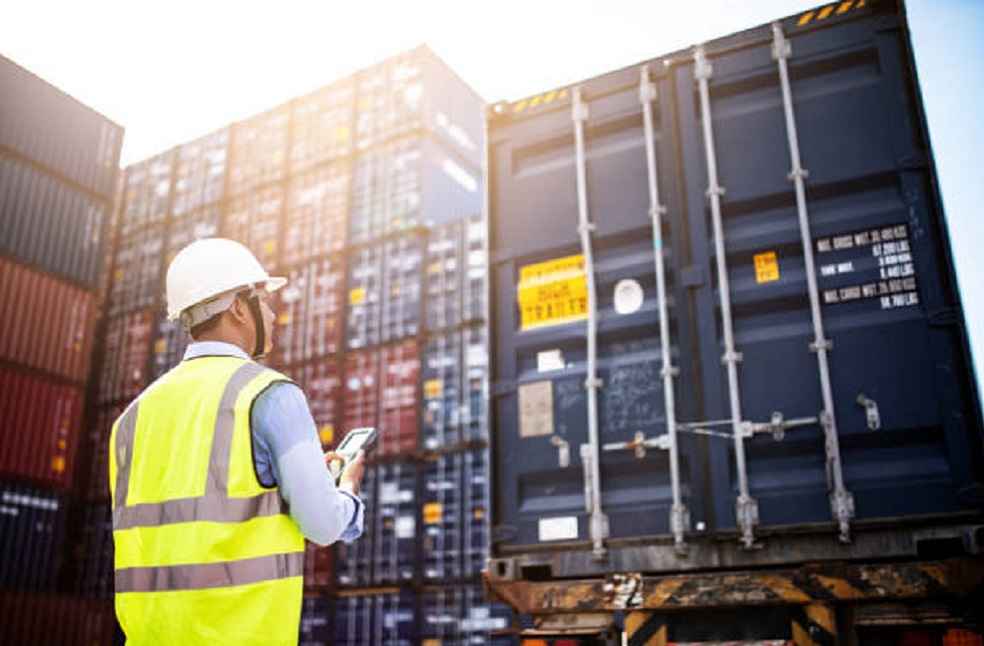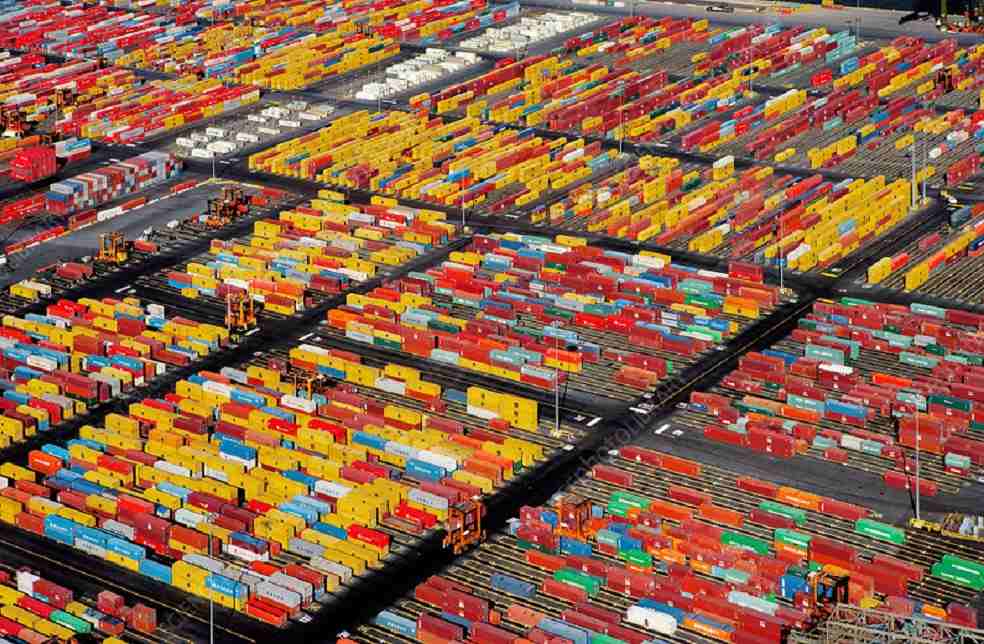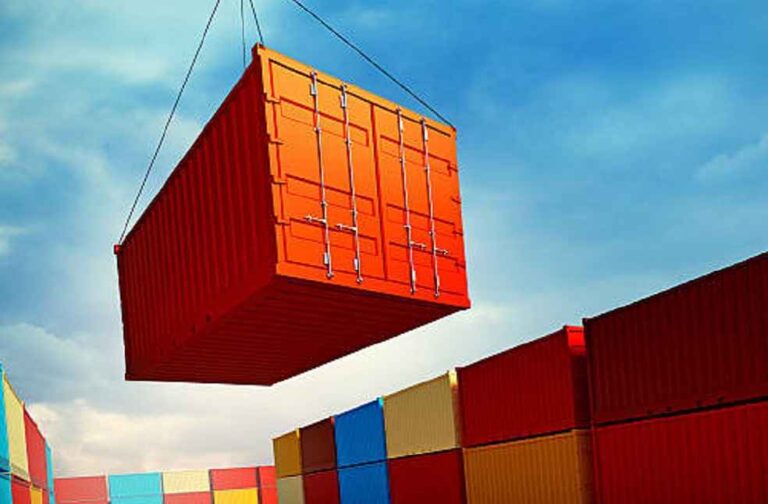As global commerce stakes its claim on economic stability, key ports across the United States and Europe register discernible ports declines in container traffic during the first half of 2023.
Sluggish retail imports contribute to North America’s premier 13 ports recording a 20% dip from the previous year’s numbers, settling at 12.3 million twenty-foot equivalent units (TEUs). Los Angeles, a predominant player, notched the most pronounced decline at 32%. On a broader scale, West Coast and East Coast ports logged reductions of 24% and 18% respectively. Despite this trend, Houston stood out, noting a 3.4% uptick, driven largely by a surge in exports.
Factors such as escalating interest rates, inflationary pressures, and muted consumer spending play pivotal roles in this downturn. Observations also indicate a normalization in seaport activity levels after previous anomalies.

On the global stage, carriers face similar constraints. With 4% of the global fleet stationary due to route over-capacities, the worldwide average container rate consistently circles $1,900 per forty-foot unit.
Contrary to the prevalent challenges, smaller ports like Portland, Maine showcase resilience. Projections estimate a robust 45,000 TEUs for 2023. This port owes its success to unwavering growth and fortified ties with international markets via Eimskip. Portland’s optimism also derives from direct service routes from Europe to Newfoundland, assuring a consistent inflow of fresh salmon imports from Iceland and the Faroes.

Europe mirrors the bleak scenario of its American counterparts. Pervasive economic distress, magnified by the Ukraine conflict, disarrays both supply chains and logistical infrastructures. Prominent European hubs such as Hamburg and Rotterdam witnessed substantial throughput declines of 11.7% and 8.6% respectively. Antwerp-Bruges, too, endured with a 5.2% decrease in its first half.
Forecasts for the latter half of 2023 remain clouded. Experts anticipate that global container port projections will persist in their subdued tones due to tenacious economic and geopolitical pressures.
Yet, China offers a beacon of optimism. While its ports noted an 8% year-on-year dip in cargo volume, the container throughput marked a discerning 4.8% rise, even if this ascent seems subdued against historical benchmarks.

To encapsulate, the world’s container ports, confronted with unparalleled challenges, persevere and strategize through these turbulent times. The tenacity of smaller ports and China’s sustained growth provide streaks of hope in a clouded global trade horizon.
DON’T MISS IT | Logistics Revolution: India’s ‘First Zero Emission Road’ Freight Cluster Soon



